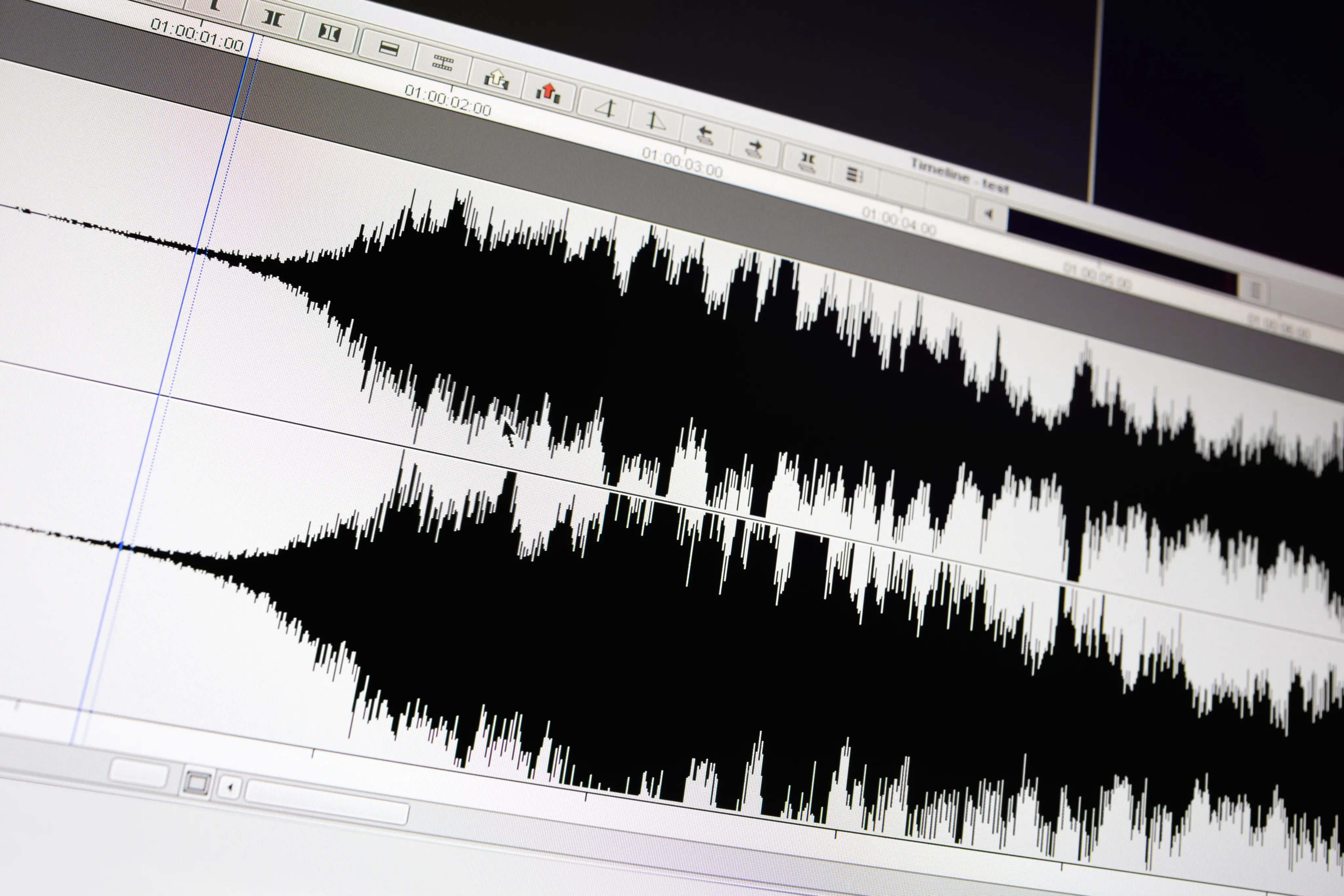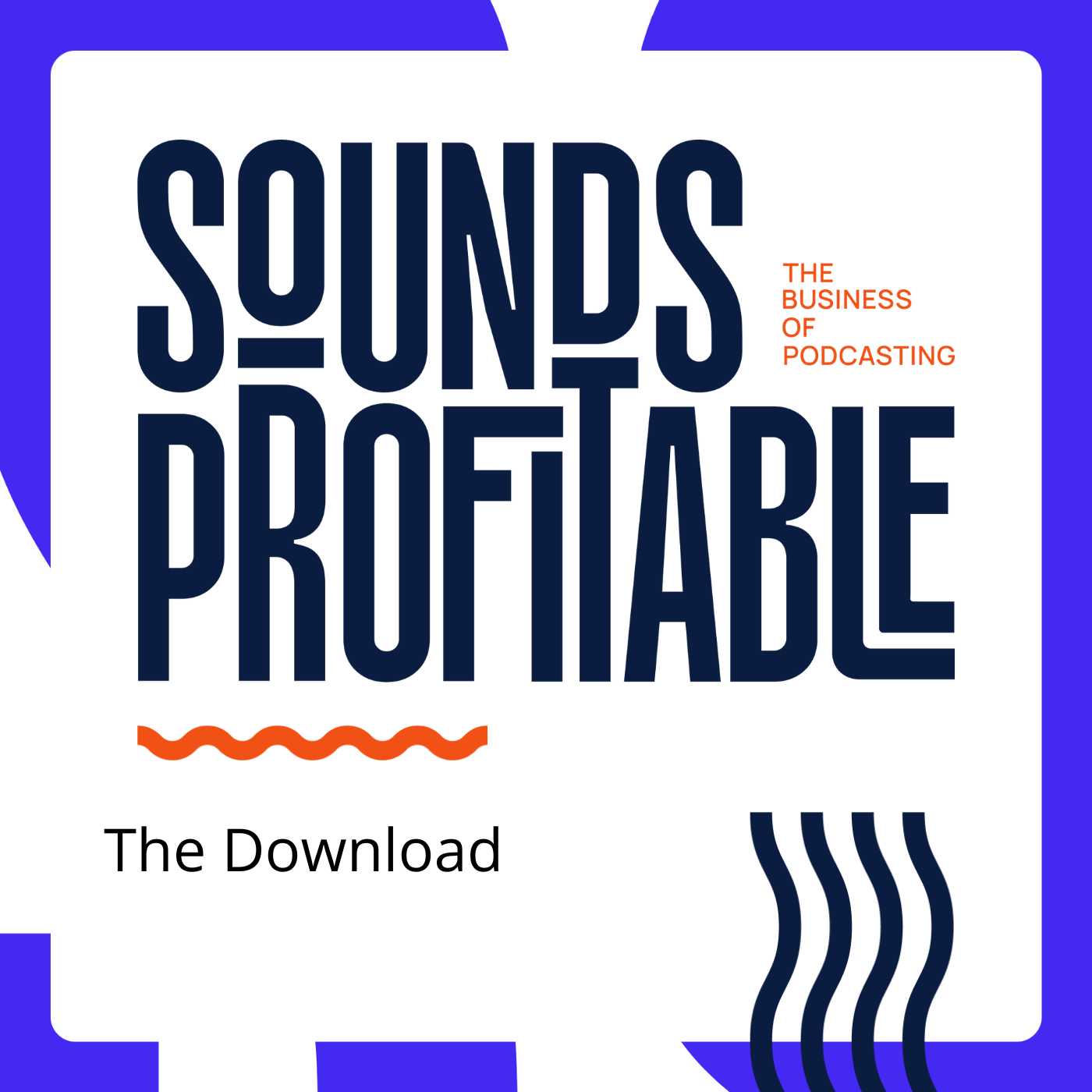Manuela: This is The Download from Sounds Profitable, the most important news from this week and why it matters to people in the business of podcasting. I’m Manuela Bedoya.
Arielle: And I’m Arielle Nissenblatt, in for Shreya Sharma
Manuela: The Download is brought to you by Magellan AI. Track the trends in spend, ad load, podcasts on YouTube, and more with Magellan AI’s advertising benchmark report for Q4, available now. You can find a link in the description or visit Magellan dot AI.
Arielle: This week: How Brands can Lift Minority-Owned Media, More brands embrace boomer and gen X influencer marketing, and what marketers need to know about the Zennial micro-generation.
Let’s get started.
How Brands Can Lift the Tide of Minority-Owned Media
Manuela: Last Wednesday, MediaLink co-founder Michael Kassan published an article on Adweek examining the current state of diversity-encouraging initiatives initiated during the summer of 2020. From the article:
“Intention isn’t lacking. The funds are real. Since 2020, holding companies and brands have committed millions of advertising dollars to Black and minority-owned media, but too many of those dollars are sitting in the accounts into which they were deposited.”
The issue, according to Kassan, is not lack of desire, but lack of access to inventory specifically offered by minority-owned media companies. Brands can’t invest in inventory if they can’t find it. The article spotlights five companies he considers key players in the market who are working on getting that promised money flowing. The list includes My Code, Digital Direct Holdings, and Spotter. From the article:
“To any marketer or agency buyer who is concerned about access to inventory that empowers them to fulfill their commitments and pledges, doors are opening. Scour lists like this one, schedule time to meet with the companies that can serve as a conduit to the communities you need to reach and take their calls when they work to engage with you directly. Evaluate your current media mixes and schedules and challenge them to be more diverse.”
With helpful resources like Kassan’s list, there’s no time like the present for podcasting to take the same steps towards filling more minority-owned media inventory. We’ve covered the utility of supporting minority-owned media in the past on The Download, and likely will again in the future. Such efforts have shown to garner good faith in previously underserved communities, especially by brands that use authentic voices and creatives. Both things easily achievable in podcasting.
More brands choose Boomer/GenX influencers as ‘older audiences can be just as impactful’ as young ones.
Arielle: Last Friday Digiday’s Kristina Monllos published an article examining the increase of brands choosing Gen X and baby boomer influencers. She opens the article by highlighting a recent campaign from Mountain Dew, in which the beverage company advertised a new alcoholic version of the soda by throwing a party in a Florida retirement community.
In 2021 Alaska Airlines targeted an older demographic of people particularly affected by COVID-19 lockdowns by creating a Boomer-only hype house for elder content creators to gather and create social media content celebrating a grown-up version of spring break. From the article:
“Working with older influencers doesn’t solely appeal to older demographics, according to influencer marketing execs. Older influencers that have become popular on TikTok, like Lynn Davis (@cookingwithlynja, who has 15 million followers), Lillian Droniak (@grandma_droniak, with 8.9 million followers) and Barbara Costello (@brunchwithbabs, with 3.1 million followers), among others, have built communities of followers not only among people of their age demographic but also among the younger consumers brands are seeking to reach.”
SVP of digital at Publicis Group PR shop MSL, Sally Okine, told Digiday there’s an active trend towards more authenticity in influencer marketing. From MSL’s perspective, older audiences can be just as impactful as the younger ones that are more often catered to. A quote from Okine in the article:
“When you consider how much a person’s life stage and age inform their interests, it should be no surprise that the content they consume digitally is no exception. In the next few years as the creator economy grows and evolves, we’ll continue to see more and more creators with varying demographics including age have a seat at the table, actively contributing to brand storytelling in unique ways.”
As the recent Sounds Profitable study The Medium Moves the Message demonstrated, 55+ is a demographic with room to grow for podcasting, as the majority of listeners skew into the 18 to 34 zone. A zone we’ll touch on in the next story. Still, podcasting has made a hell of an effort over the past two decades to brand itself as the cool new kid on the media block. Not much as been done to embrace the more mature side of the audience, let alone court the millions who’ve yet to find the podcast that turns them into a regular listener.
Podcasting as an industry has spent a lot of time branding podcasts as cool and sexy for younger, hipper generations. Now we’ve the opportunity to make it cool and sexy for a more mature audience equally as capable of embracing the medium.
What Marketers need to know about Generation Zennial from social media and buying habits
Manuela: This Monday, Digiday contributor Antoinette Siu published a piece highlighting a microgeneration that fits into neither Gen Z, nor millennials. Dubbed “generation Zennial,’ the study finds the micro-generation has developed unique habits from the two wider generations it straddles. From the article:
“Researchers have found this age group may actually spend less time online and show more loyalty to brands compared to millennials, according to a new whitepaper by Exverus Media and Branded Research provided to Digiday. With some having been in the workforce for some time and some now just entering, “Zennials” have started to establish their brand loyalty and purchasing habits.”
According to the Exverus research, Zennials are 10% more likely to regularly use mobile apps but are also 10% less likely to use social media than millennials. They’re also avid gamers and, surprisingly, spend 29% more time listening to AM/FM radio than surveyed millennials. From the article:
“In mostly all categories surveyed, Zennials said they were less likely to switch brands in the next 12 months compared to millennials. They are 16% less likely to switch beverage or personal care brands and 24% less likely to switch pet-related brands. Researchers noted that Zennials may be spending more time with these brands, because they do not have “pressures of providing for families yet.” They are still establishing routines and favorite products at this point in their lives.”
On Tuesday Signal Hill Insight’s Jeff Vidler published Making the Case for Podcasts on Younger Demo Ad Buys, an article discussing the importance of including podcasts in ad campaigns targeting demographics aged 35 and under. This includes previously-unreleased research collected during the process of making Sounds Profitable’s The Medium Moves the Message study. From Vidler’s article:
“Podcast ads outperform ads on social media and online video on every attribute we measured, with roughly 2x as many past week podcast listeners as social media or online video users associating their ads as being ‘authentic’ and ‘trustworthy.’ Meanwhile, podcast listeners were 2x less likely to complain of ‘too many ads’ or ‘ads I avoid.’”
Continuing the accidental theme of the previous two stories: narrowing focus nets gains in the form of targeting sub communities and their particular strengths. As this study shows with Zennials, they’re a unique subgroup when compared to larger assumptions about millennials and gen Z overall. They’re young, love audio, and less likely to deviate from brands they enjoy once they find them.
Sounds like a perfect micro-generation to get into podcasting.
Arielle: Finally, it’s time for our semi-regular roundup of articles we’re calling Quick Hits. These are articles that didn’t quite make the cut for today’s episode, but are still worth including in your weekend reading. This week:
Barometer Secures $2.25M To Expand Brand Safety And Contextual Targeting For Podcasts by Anthony Vargas.
Veritonic Achieves Security Organization Control 2 Type II Certification. After an audit by Prescient Assurance, Veritonic has been validated as having effective enterprise-level security for customer data.
Audioboom publishes 2022 Annual Report & Financial Statements. The company reports double-digit growth in several key metrics.
WPP Acquires Sonic Branding Agency Amp to Strengthen Landor & Fitch by Stephen Lepitak. This is the third acquisition by WWP in the past month, along with technology-focused social influencer marketing agencies.
This week on Data Decoded: Tom Webster breaks down three common methods used to collect data for research, examining how they work with their respective strengths and weaknesses.
Manuela: And that was The Download, brought to you by Sounds Profitable! Today’s episode was built using Spooler and hosted on Art19. Find out more at Spooler.fm and Art19.com
I know we went through today’s stories fast, so be sure to check out the links to every article mentioned, right in your podcast listening app, or on SoundsProfitable.com/Podcast. And thank you for sticking with us as we bring you the top stories you might have missed from the past week. I’m Manuela Bedoya.
Arielle: And I’m Arielle Nissenblatt. Our producers are Bryan Barletta, Gavin Gaddis, and Tom Webster. Special thanks to Art19 for hosting The Download. And thanks to you for joining us.
Robot?


 "
"


